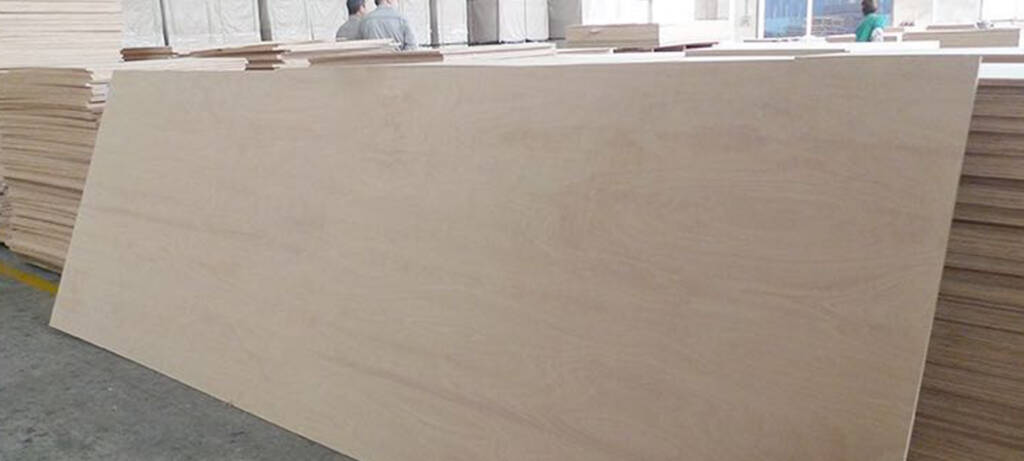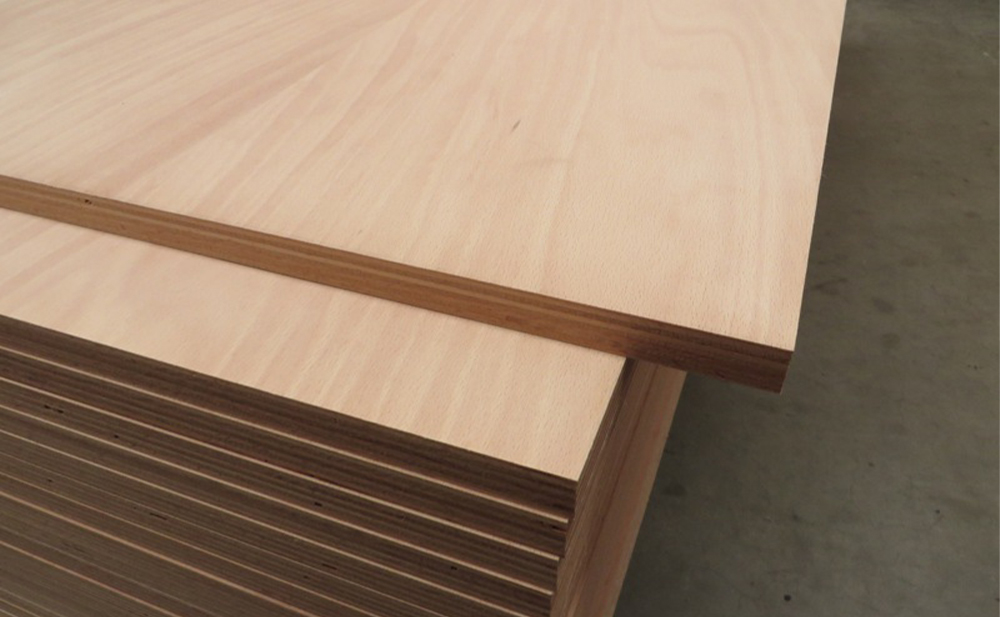How Plywood Veneer is Made and Why it’s a Sustainable Choice
Plywood veneer is a versatile and sustainable building material that has been used for centuries in construction, furniture, and decorative projects. But have you ever wondered how this amazing material is made? natural veneer plywood is created by taking thin slices of wood from a log and gluing them together in layers, which are then pressed and cut to size. This process may seem simple, but it requires precision and expertise to produce high-quality veneer that is both strong and aesthetically pleasing.
Plywood veneer is also an eco-friendly choice because it uses less wood than solid wood products and can be made from fast-growing species that are renewable. In this article, we’ll take a closer look at the process of making plywood veneer and explore the many benefits of using this sustainable material in your next project. So, whether you’re a builder, designer, or DIY enthusiast, read on to discover how plywood veneer can enhance your work while also helping to protect the environment.

The Plywood Veneer Manufacturing Process
The manufacturing process of plywood veneer is a complex and precise one that involves several steps. The first step is to select the right type of wood for the veneer. This wood must be straight, free of knots, and have a consistent grain pattern. Once the wood has been selected, it is debarked and cut into logs, which are then soaked in water to make them more pliable.
The next step is to slice the logs into thin sheets using a veneer lathe. This machine rotates the log while a blade slices off a thin layer of wood from the surface. The resulting sheets of veneer are then sorted by thickness and quality, with the thinnest and highest quality sheets being used for the face and back of the plywood.
The veneer sheets are then dried in a kiln to remove any remaining moisture and impurities. Once dry, the sheets are glued together in layers using a specially formulated adhesive. The layers are arranged so that the grain of each layer runs perpendicular to the layer above and below it. This cross-grain orientation gives the plywood its strength and stability.
The final step is to press the layers of veneer together using heat and pressure. This process helps to activate the adhesive and bond the layers together into a solid piece of plywood. After the plywood has been pressed, it is trimmed to size and sanded to create a smooth, even surface.
The Advantages of natural veneer plywood
Plywood veneer has several advantages over other types of wood products. One of the main advantages is its strength and stability. Plywood veneer is made by gluing together multiple layers of wood, which creates a stronger and more stable material than solid wood. This makes it ideal for use in construction and furniture where strength and stability are important.
Another advantage ofnatural veneer plywood is its versatility. It can be used for a wide range of applications, from flooring and roofing to cabinets and furniture. Plywood veneer can also be cut and shaped into a variety of shapes and sizes, making it easy to work with and customize.
Plywood veneer is also an eco-friendly choice because it uses less wood than solid wood products. This is due to the fact that the veneer can be sliced very thin, often less than 1/8 inch thick, allowing a single log to be used to create many sheets of veneer. Additionally, natural veneer plywood can be made from fast-growing species that are renewable, making it a more sustainable choice than solid wood products.

Sustainability in veneer for plywood Production
Sustainability is a critical consideration in the production of veneer for plywood. To ensure that veneer for plywood is produced in an environmentally responsible manner, many manufacturers use sustainable forestry practices. This involves harvesting trees in a way that ensures the long-term health of the forest ecosystem. Sustainable forestry practices can include selective harvesting, reforestation, and conservation efforts.
Another way that manufacturers promote sustainability in veneer for plywood production is by using recycled wood products. This can include using wood chips and sawdust from other manufacturing processes to create the adhesive used to bond the veneer layers together.
Finally, many manufacturers are committed to reducing the environmental impact of their production process. This can include using renewable energy sources, such as solar or wind power, to power their production facilities and implementing recycling programs to reduce waste.
The Benefits of Using Sustainable Plywood Veneer
Using sustainable plywood veneer in your next construction or furniture project offers several benefits. First and foremost, it is an environmentally friendly choice that helps to reduce the impact of your project on the environment. By using a renewable and sustainable material, you can feel good about the impact your project is having on the planet.
Secondly, plywood veneer is a high-quality material that offers superior strength and stability compared to solid wood products. This makes it an ideal choice for projects that require a durable and long-lasting material.
Finally, plywood veneer is a versatile material that can be used for a wide range of applications. Whether you are building a new home or creating a custom piece of furniture, plywood veneer can be cut and shaped to fit your specific needs.

Plywood Veneer Grades and Uses
Plywood veneer is graded based on its quality, with higher grades indicating a higher quality product. There are several different grades of plywood veneer, including A, B, C, and D. Grade A veneer is the highest quality and is free of knots and other defects, while Grade D veneer may have knots and other imperfections.
The grade of plywood veneer you choose will depend on the specific needs of your project. For example, if you are building a piece of furniture that will be visible, you may want to choose a higher grade of veneer to ensure a smooth and even surface. If you are using the plywood veneer for a structural application, such as roofing or subflooring, a lower grade may be sufficient.
Caring for Your Plywood Veneer Furniture
Plywood veneer furniture is easy to care for and can last for many years with proper maintenance. To keep your furniture looking its best, avoid placing it in direct sunlight, which can cause the veneer to fade or discolor over time. Additionally, avoid using harsh chemicals or abrasive cleaners, which can damage the veneer surface.
To clean your plywood veneer furniture, simply wipe it down with a soft, damp cloth. For stubborn stains, you can use a mild soap solution, but be sure to rinse the surface thoroughly with clean water to avoid any residual soap residue.
Plywood Veneer vs Solid Wood: Which is the Better Choice?
When it comes to choosing between plywood veneer and solid wood products, there are several factors to consider. One of the main advantages of plywood veneer is its strength and stability. Because it is made by gluing together multiple layers of wood, it is less prone to warping or splitting than solid wood products.
Another advantage of veneer plywood sheet is its sustainability. veneer plywood sheet uses less wood than solid wood products, making it a more environmentally friendly choice. Additionally, it can be made from fast-growing species that are renewable, further reducing its environmental impact.
However, solid wood products have their advantages as well. They offer a natural beauty and warmth that cannot be replicated by veneer plywood sheet. Additionally, solid wood products can be more easily repaired or refinished if they become damaged or worn over time.
Ultimately, the choice between veneer plywood sheet and solid wood products will depend on your specific needs and preferences. Consider the look and feel you are trying to achieve, as well as the durability and environmental impact of the product.
Conclusion
Plywood veneer is a versatile and sustainable building material that offers many advantages over other types of wood products. Its strength and stability, coupled with its environmental friendliness, make it an ideal choice for a wide range of applications. Whether you are building a new home, creating a custom piece of furniture, or embarking on a DIY project, consider using plywood veneer to enhance your work while also helping to protect the environment.